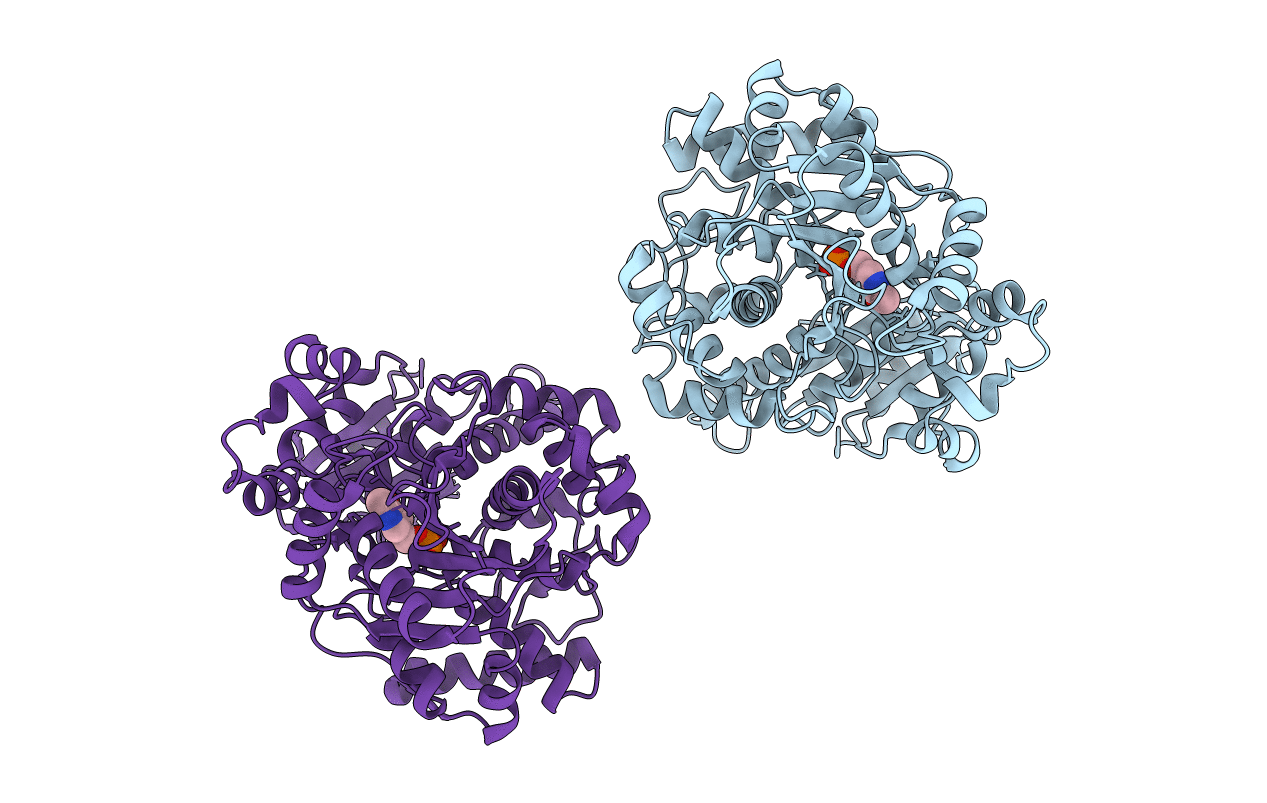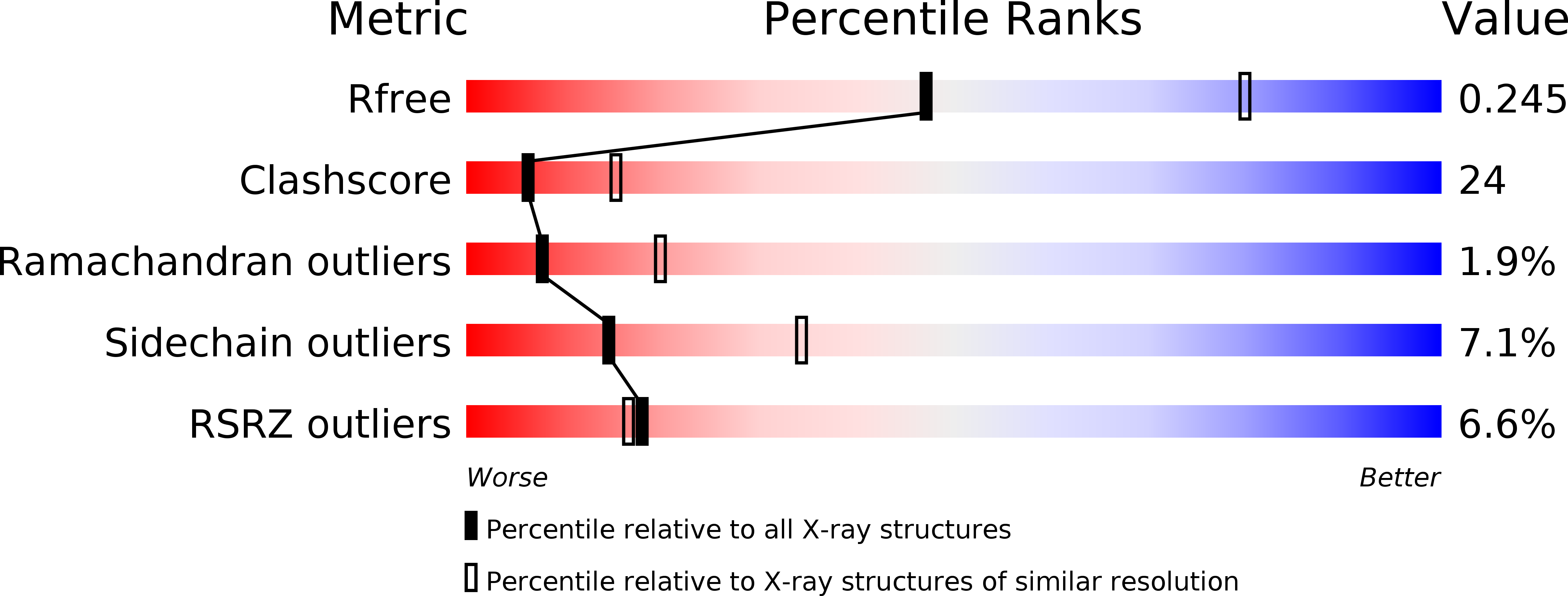
Deposition Date
2001-12-11
Release Date
2002-04-24
Last Version Date
2025-03-26
Entry Detail
Biological Source:
Source Organism:
Saccharomyces cerevisiae (Taxon ID: 4932)
Host Organism:
Method Details:
Experimental Method:
Resolution:
2.70 Å
R-Value Free:
0.25
R-Value Work:
0.20
Space Group:
P 1 21 1


